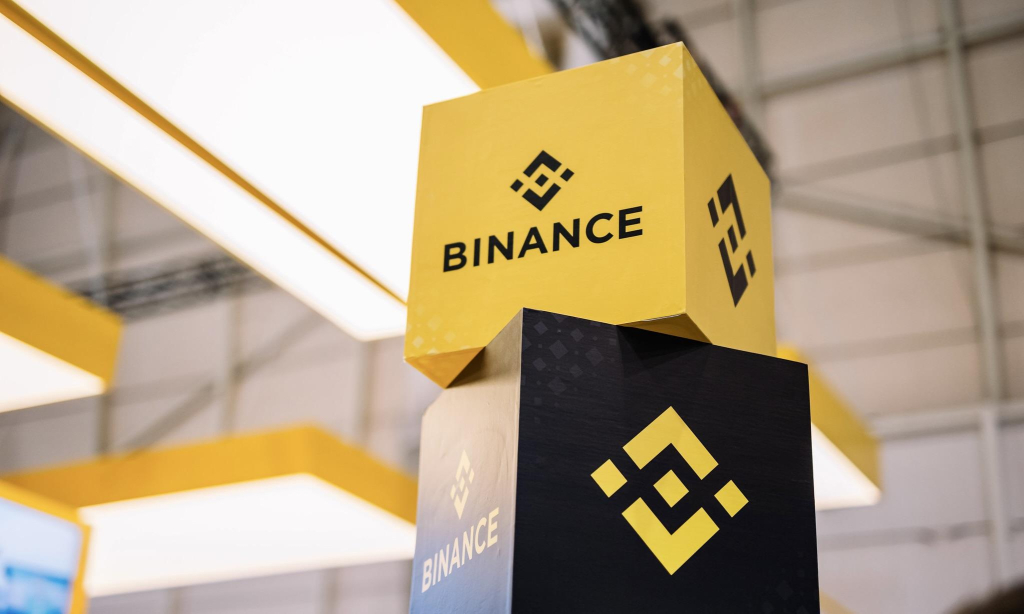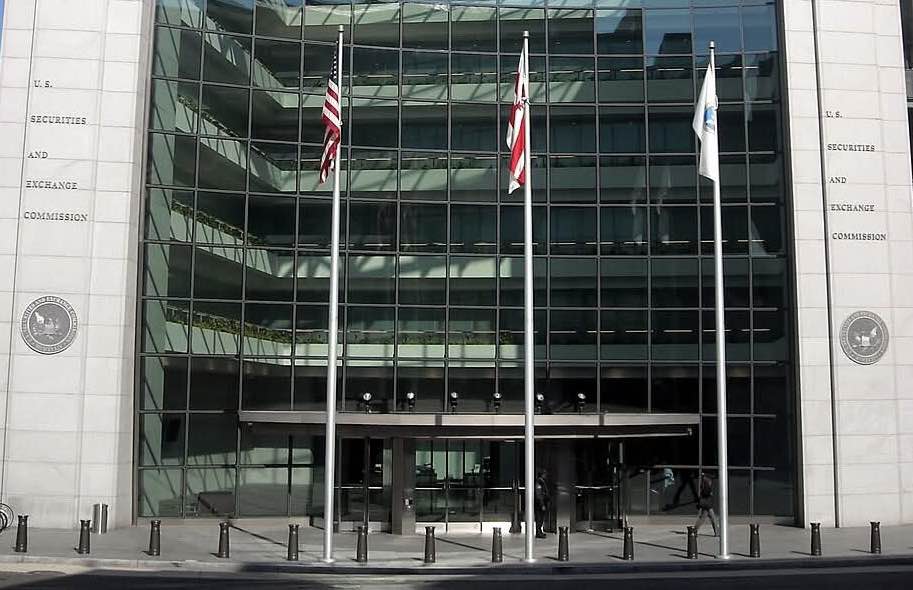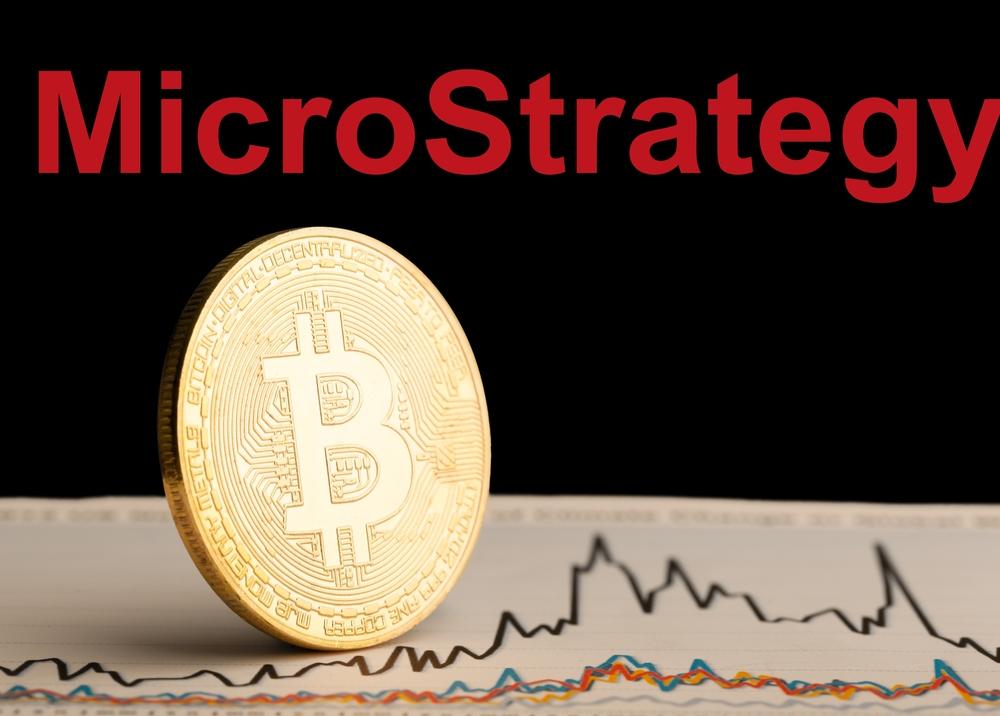With the GENIUS Act passed and momentum behind the CLARITY bills, long-awaited U.S. regulatory clarity for digital assets is near. This shift could redefine the balance between traditional finance and crypto-native firms.
For years, the lack of clear rules allowed exchanges like Coinbase and Robinhood to capture market share, while more than 3,300 U.S. broker-dealers were sidelined due to federal restrictions. Now, clarity from the SEC is leveling the playing field. Commissioner Hester Peirce recently reaffirmed that tokenized stocks are securities, aligning digital assets with federal securities laws and eliminating regulatory loopholes.
Wall Street is moving fast. Over $170 billion has flowed into 105 U.S.-listed crypto ETFs, with BlackRock and Fidelity leading the pack. Major banks including JPMorgan and Citigroup are rolling out stablecoins, while Fiserv is enabling regional banks to issue FIUSD. Broker-dealers can now provide digital asset exposure via correspondent clearing without major infrastructure changes, opening the door for firms like E-Trade and Merrill Edge to meet rising demand.
Globally, Standard Chartered has launched a spot crypto trading desk, signaling broader institutional adoption. Meanwhile, crypto-native companies are pivoting toward compliance, acquiring SEC-registered broker-dealers and pursuing bank charters.
SEC Chairman Paul Atkins envisions blockchain integration into existing market infrastructure rather than parallel systems, favoring firms with compliance experience and scale. With regulatory frameworks solidifying, Wall Street is positioned to lead the next phase of U.S. digital markets, combining trusted financial infrastructure with emerging blockchain innovation.
As investor appetite for Bitcoin, stablecoins, and tokenized assets grows, the question is whether legacy finance can overtake crypto pioneers in shaping the industry’s future.


























Comment 0